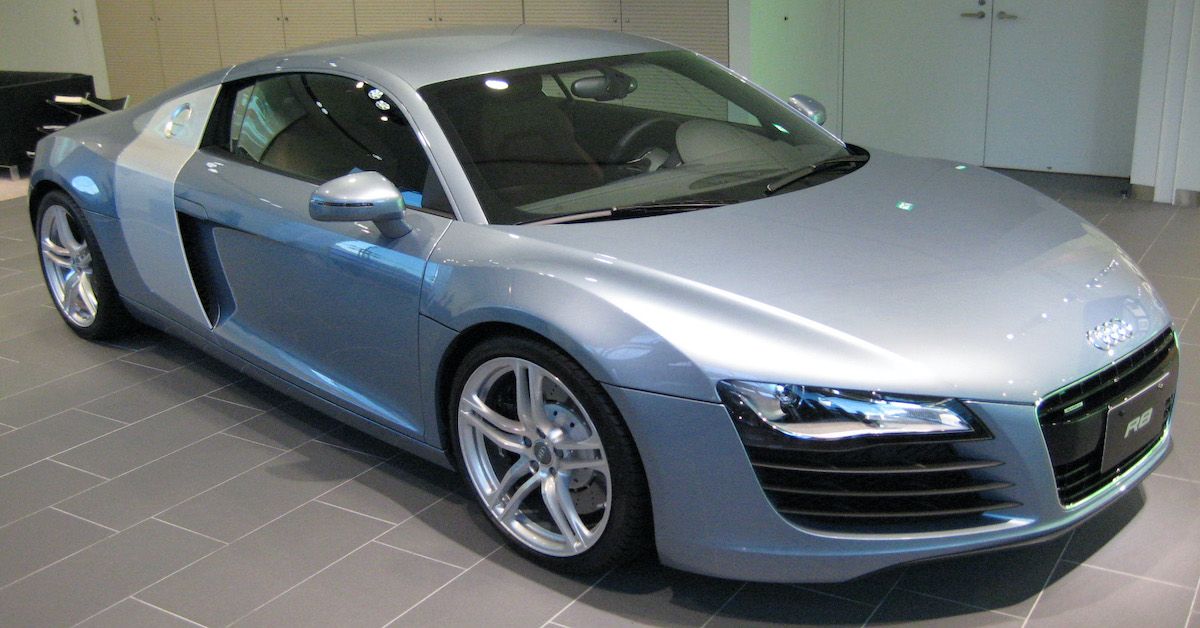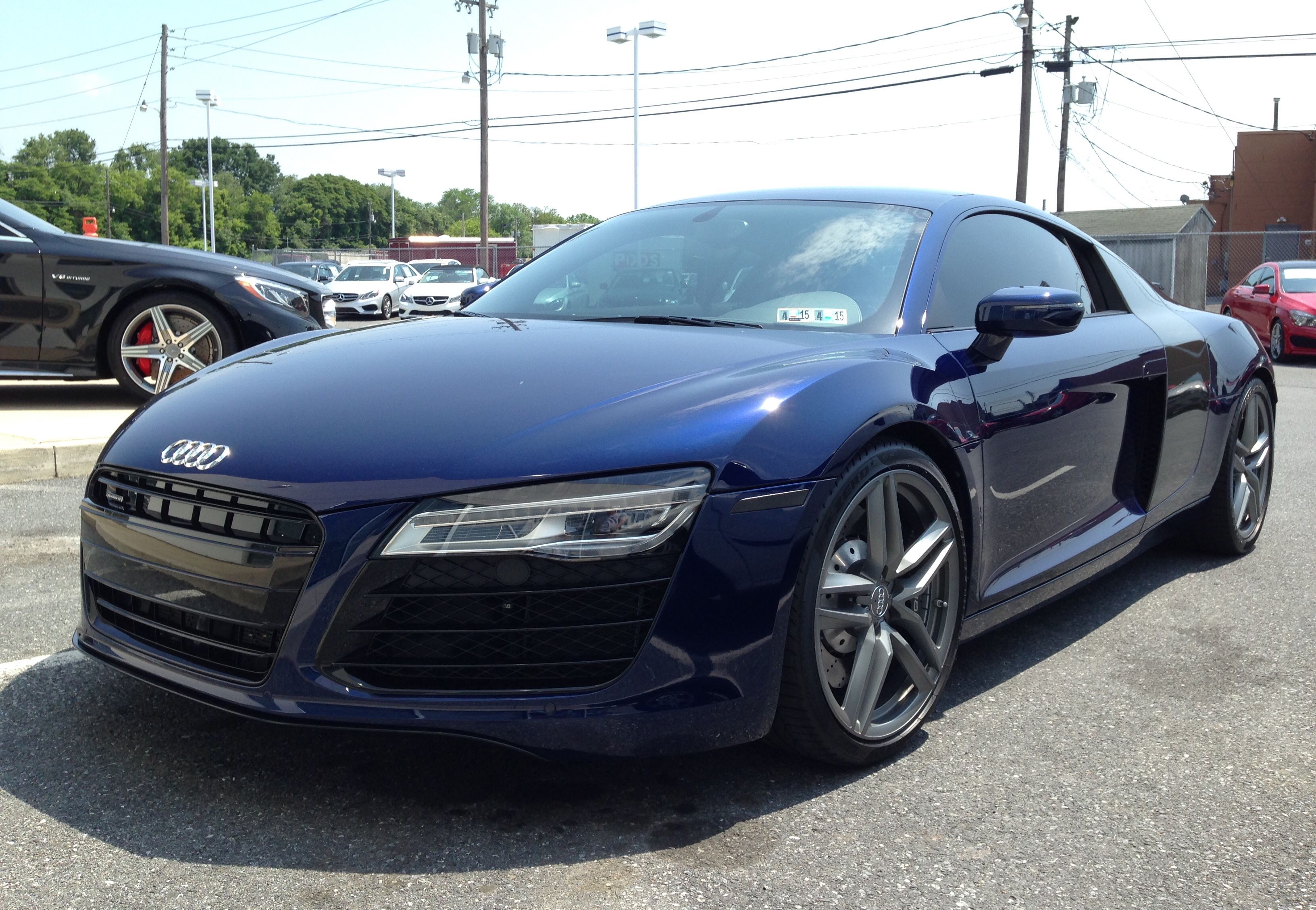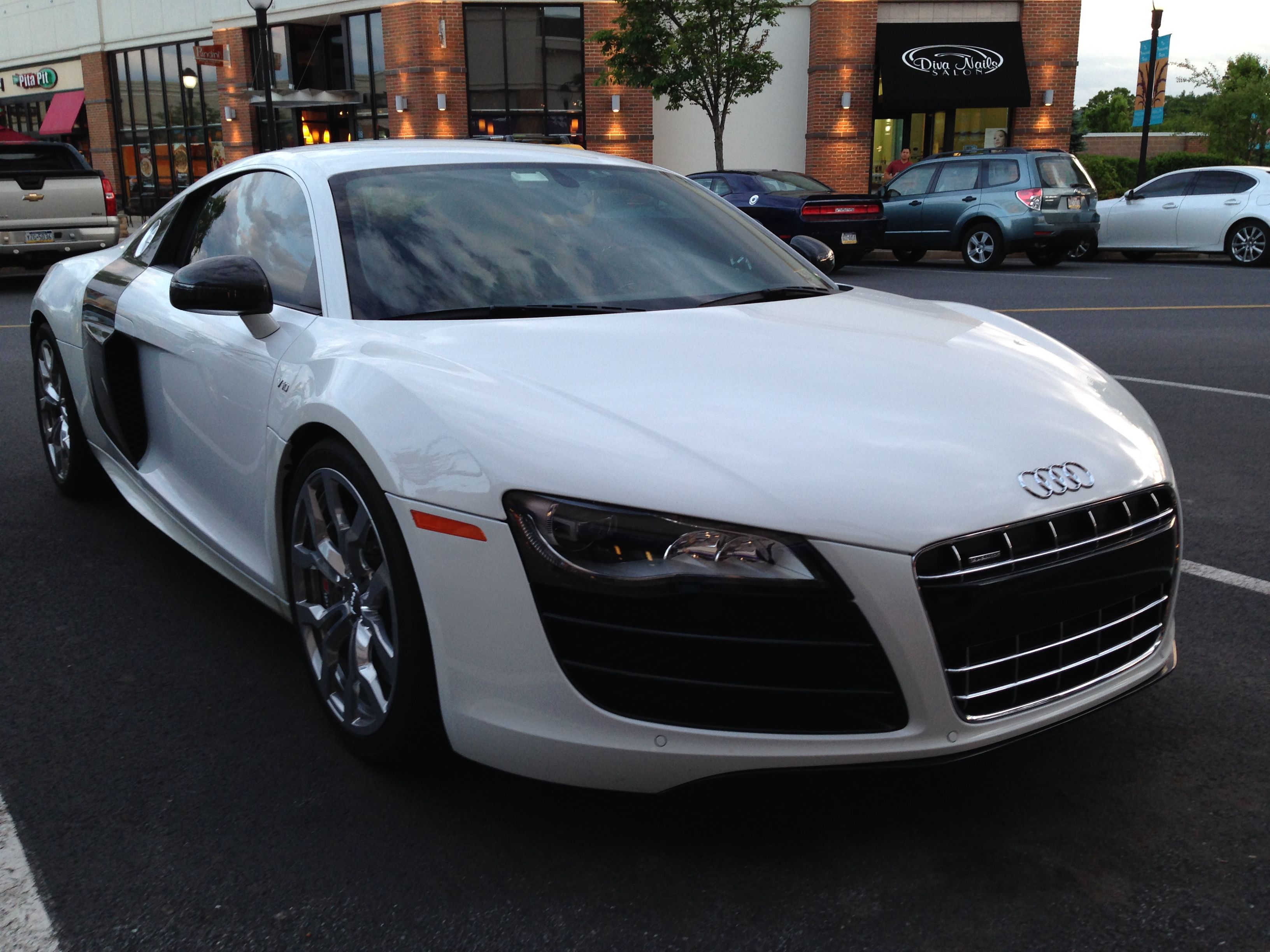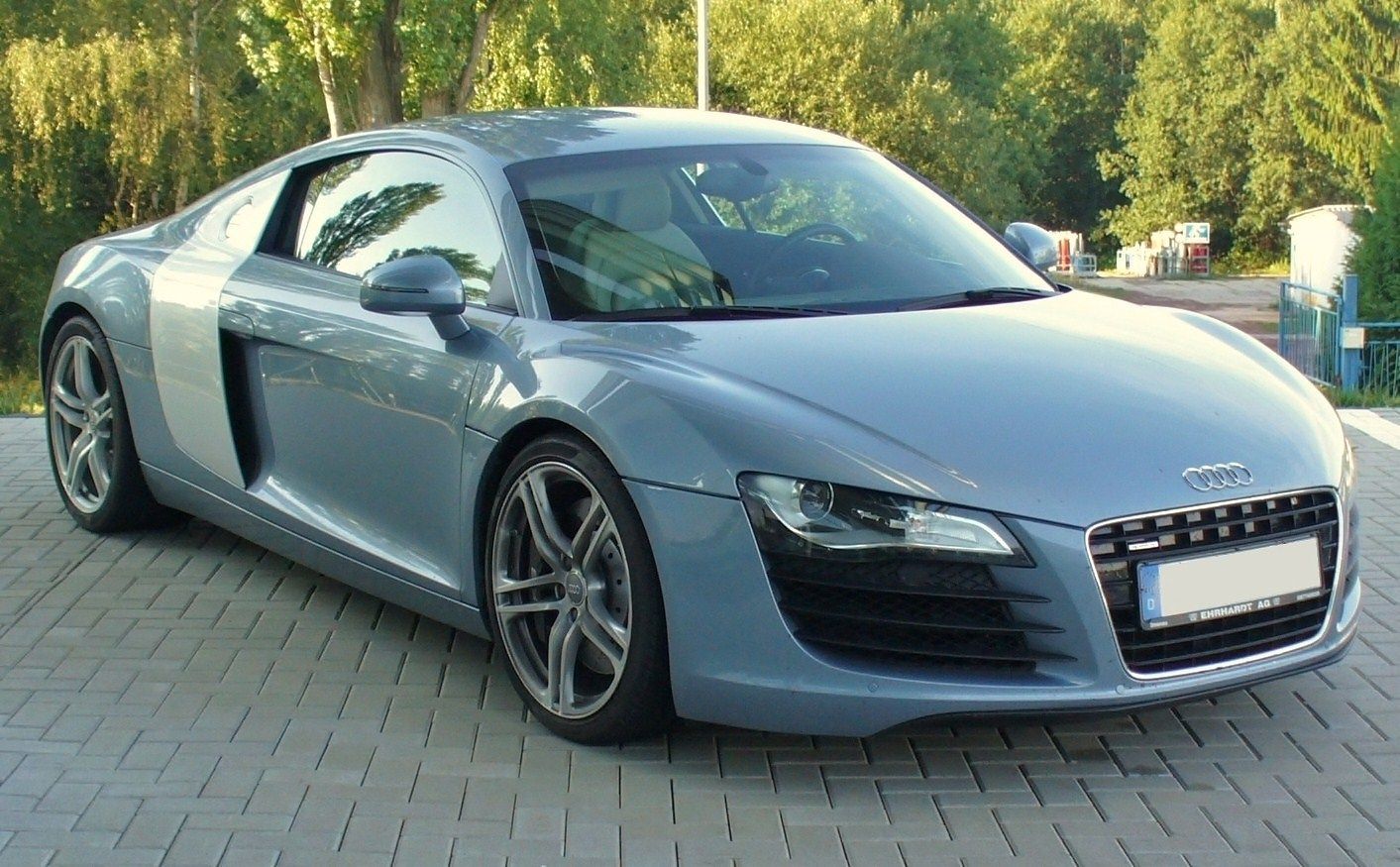If you're looking for a supercar but don't want to sacrifice on reliability, comfort, and everyday usability, then it's certain you've looked at the Audi R8. The current model, the second generation of the car, has received excellent reviews, with the car praised for its outstanding performance and refinement.
But, with a starting price of around $175,000, they're not exactly cheap. Mind you, you do get a lot for your money. A big, screaming V10 delivering anywhere from 562 to 614 bhp, to be exact.
Don't be totally disappointed by this, though, as the secondhand market is filled with way cheaper R8s. Admittedly, not the second-generation model, but the first. Which isn't a bad thing, not by any stretch.
The first-generation variant was still a serious supercar, one with great looks and the performance to match. And best of all is that you can now find examples for a similar price to your average hot hatch.
So, on that note, let's take a look at what makes the first-generation Audi R8 an affordable used supercar.
What Led Audi To Develop the First-Generation R8
The plans for what would ultimately lead to the R8 entering production began bubbling up years prior to its launch. In fact, Audi had been working on concept supercars since 1991, having teased the idea with both the Quattro Spyder and the Avus. Both showcased Audi's expertise in developing aluminum-bodied cars, and although they never entered into production, they paved the way for the aluminum A8 that launched in 1994.
It wasn't until 2003, though, that we would get the first glimpse of the R8. The initial similarities would begin with the futuristic RSQ launched at the Geneva Motor Show, though the closest of all came shortly after with the Audi Le Mans Quattro concept. Looking back, the car was pretty much identical to the first-generation R8 — save for its wheel and exhausts — and gave us a hint of what Audi had in the pipeline.
So, then, the R8 was to be developed by the company's performance division, Audi Sport GmbH — which was known as Quattro GmbH at the time — who most certainly knew how to make fast Audis. Its specialty, though, wasn't, in fact, supercars, but rather supercar performance in ordinary cars. You had the likes of the iconic, Porsche-developed RS2 or the legendary, sleeper-definitive RS6.
The division had already proven, then, that they knew how to develop cars with serious performance. And not to mention, since Audi had taken over Lamborghini in 1998, the company had already helped develop the Gallardo.
A Detailed Look At The First-Generation Audi R8
When the R8 launched in 2006, then, Audi had its targets set on the smaller supercar market. It came with a 4.2-liter FSI — meaning "fuel stratified injection" — V8 that was mounted in the middle, which was similar to the one used in the B7 RS4.
It was mated to either a six-speed manual gearbox or a seven-speed R Tronic transmission and sent power to all four wheels using Audi's famous Quattro all-wheel drive. Initial power delivery was 420 bhp, meaning the R8 was good enough for sixty in 4.4 seconds and could go on to reach 187 mph.
But Audi decided this wasn't quite enough in 2008, though, taking the 5.2-liter V10 used in the Gallardo and teaming it with the R8.
And while the V8 version was by no means slow, the V10 was a whole different beast, with power delivery now up to 525 bhp. Zero to sixty could now be dealt with in 3.9 seconds, and a top speed of 196 mph reached. Serious performance, then.
But the V10 wasn't the only similarity between the Gallardo and the R8, as it also shared the same chassis too, along with other mechanical and electrical components. But where it differed by comparison to the Gallardo was cost, with the R8 being around $41,000 cheaper new.
Mind, it wasn't quite as exotic as the Lamborghini, admittedly, but you'd be hard pushed to pick one over the other in terms of looks. The R8 was a lot more refined and subtle, whereas the Lamborghini, well, was a Lamborghini, so it was much bolder.
Other variants of the first-generation were developed in later years, too, with both the GT and the Spyder models. The Spyder was the convertible version, while the GT was a lighter, more-track-focused variant. Think of it as the equivalent to the Superleggera Gallardo, if you will.
Everything from carbon body panels to thinner exhausts meant that the GT version was 100 kg lighter than the standard R8. And it was more powerful, too, with bhp upped to 552, meaning that sixty could be hit in 3.6 seconds and near-enough 200 mph reached.
How Much The First-Generation Audi R8 Costs And Why It's A Great Used Supercar
Now, the first-generation R8 can be had for a bit of a bargain, especially when you consider just what you're getting for your money: outstanding performance, concept car-like looks, and refinement. For the V8 model, prices start at around $43,000. The V10 variant, meanwhile, starts at around $62,000. Chuck another $10,000 on top of that, and you can be behind the wheel of a GT model.
Running costs won't be cheap, admittedly, given that you're dealing with either a V8 or a V10 here. But then again, it is a supercar, so this was always going to be the case. Reliability, meanwhile, shouldn't be a big issue, as according to What Car?, owners report that the R8 is good in this department, though replacement parts can be costly should any issues arise. Ultimately, what the first-generation R8 represents is a solid entry into the world of supercar ownership and one that doesn't need to cost a fortune.




